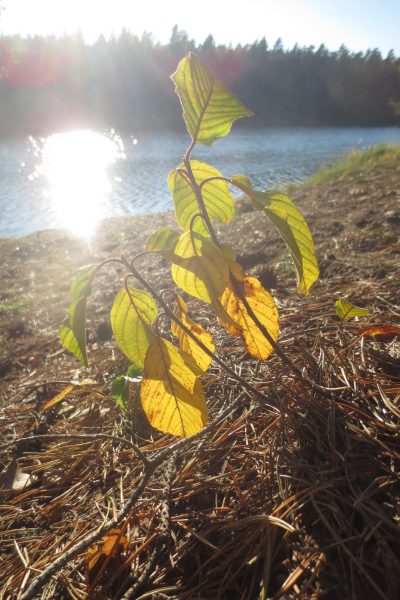Last weekend (or was it two weekends ago already?) the family and I had the opportunity to catch one of the last shining golden days of autumn, and we went out to the local nature reserve / park / artificial lake / walking trail. Thingy. It was well worth the effort, and along the way, I saw many fun guys having a great time in the damp moss beneath the pines. First, let me set the mood:

Gold everywhere.
©rq, all rights reserved. Click for full size.
And then the party started…

This fun guy was having fuzzy feelings all over.
©rq, all rights reserved. Click for full size.

This fun guy was just trying to blend in.
©rq, all rights reserved. Click for full size.

This fun guy was lolling about in the needles.
©rq, all rights reserved. Click for full size.

This fun guy was taking a break.
©rq, all rights reserved. Click for full size.

This fun guy was moving up the social ladder.
©rq, all rights reserved. Click for full size.

This fun guy was kind of alien, and I’m pretty sure – no fun guy at all!
©rq, all rights reserved. Click for full size.
And a final lot of fun guys:





















